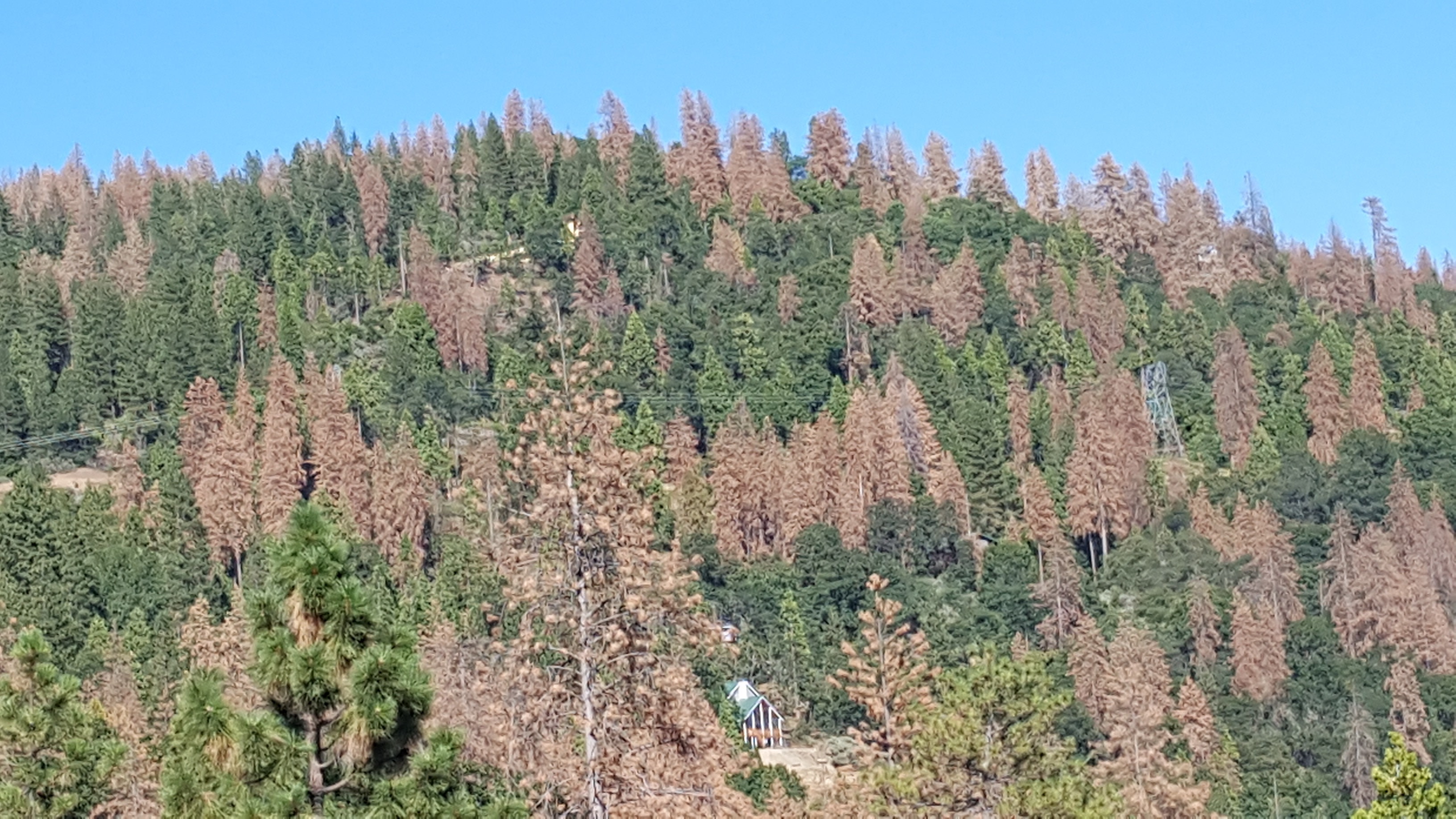Thomas Fire Assistance Needs Improvement
Thomas Fire Assistance is Slow
By Patrick Cavanaugh, Farm News Director
The Thomas Fire in Ventura County was the largest wildfire in California history. We recently spoke with Henry Gonzalez, the Agricultural Commissioner for Ventura County, whose own home was affected by the fire, about the ongoing fallout from the disaster.
“I could see from my kitchen window the flame just onto the hill there, and fortunately, we’re protected by some of the orchards. Also, the wind was blowing in a favorable direction, so we were part of a voluntary evacuation area, so we were very fortunate,” Gonzalez said.
“We were ready to flee,” he explained. “We packed up our most prized possessions and were ready to leave at a moment’s notice. I stayed up until 2:00 in the morning that night of the fire, monitoring to see what was going to happen and then in the morning we saw that there was indeed still fire very close to my home.”
Gonzalez said that disaster assistance for agricultural losses is in need of reform.
“It’s a bit frustrating because some of the disaster assistance that’s out there through FSA, the Farm Service Agency wouldn’t pay until 2019,” he said.
“Any farmers or ranchers that had losses from the fire needed to have the money up front to pay for things, and that’s really not acceptable,” he continued.
“We need to have a disaster assistance program that meets the magnitude of the disaster,” Gonzalez said. “With the drought, that disaster happened slowly so people could make adjustments accordingly. But with something like this fire, it was so quick and of such magnitude that the assistance needs to also be as quick and matched the magnitude of the disaster.”
“And that’s where we really need to rethink what the FSA is doing and how they are doing it. It’s just a bureaucracy that goes so slow that by the time we get the assistance here, there’s going to be a number of agriculturalist that have gone out of business,”Gonzalez said.












